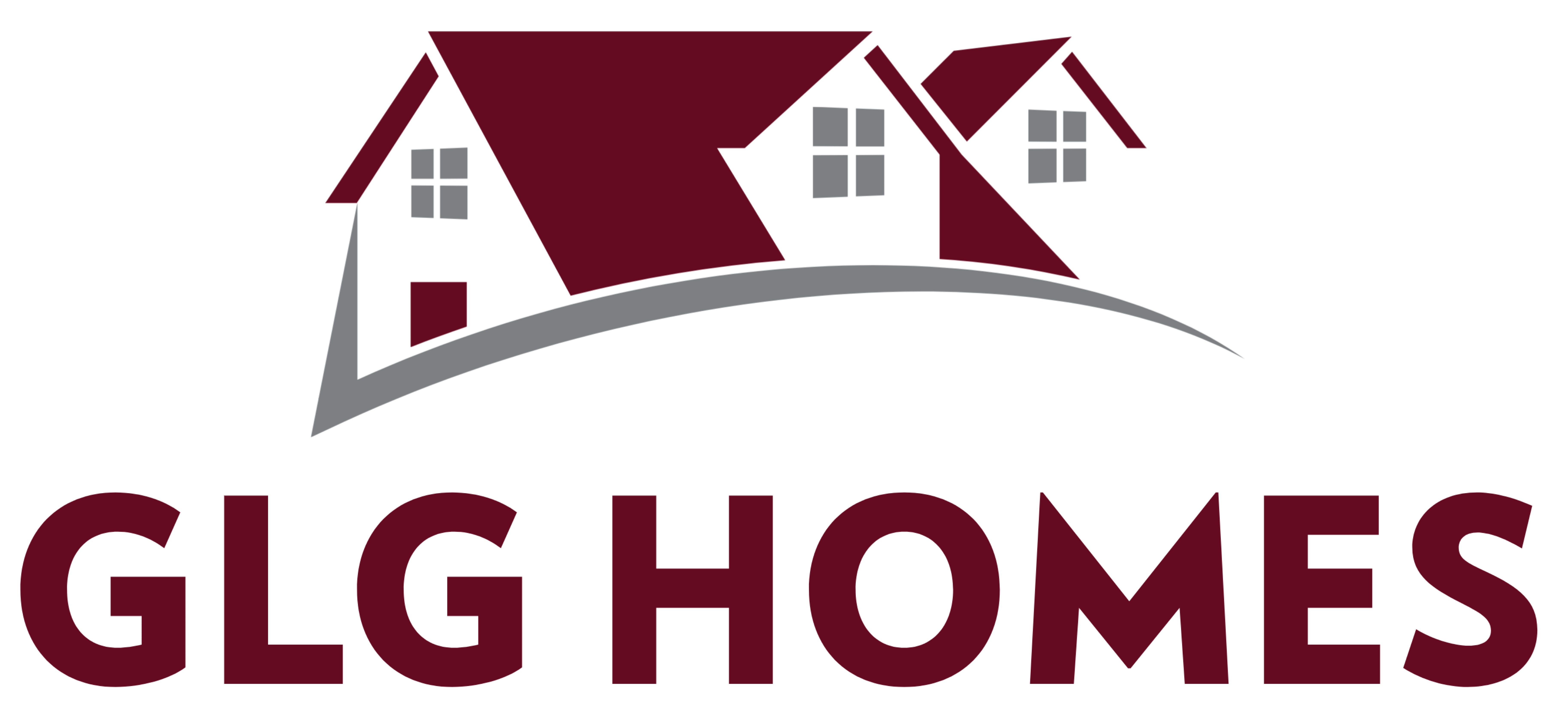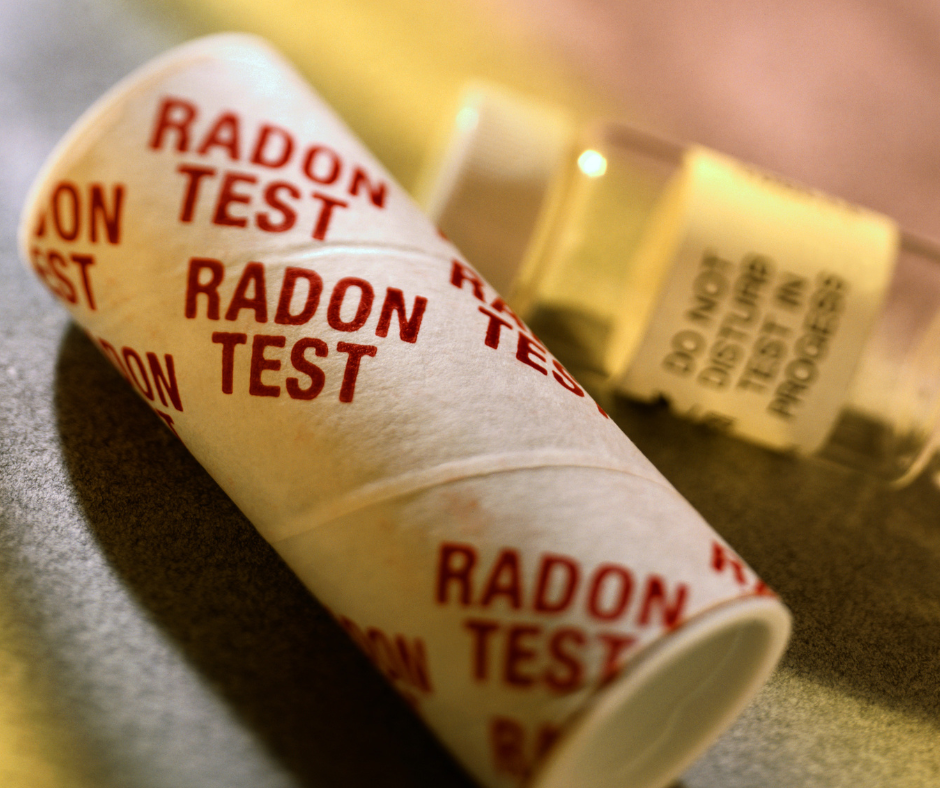Understanding about Radon and Some of the Mitigation Systems Available
Invisible and odorless, radon is a silent threat that may be lurking in your home. This radioactive gas is a natural byproduct of the decay of uranium in soil and rock. While it’s typically harmless outdoors, radon can pose serious health risks when it accumulates indoors, especially in confined spaces like homes.
What is Radon?
Radon is a colorless, tasteless, and odorless gas that seeps into buildings through the ground. As it breaks down, radon produces radioactive particles that can become trapped in your lungs when you breathe. Prolonged exposure to elevated levels of radon is a leading cause of lung cancer, second only to smoking.
The Need for Mitigation Systems
The good news is that there are effective ways to mitigate radon levels and protect your household. Radon mitigation systems are designed to reduce radon concentrations in indoor air to acceptable levels, minimizing the risk of health issues associated with long-term exposure. CT Counties and Level of Radon Risk
How Radon Mitigation Systems Work
Radon mitigation systems work by creating a pressure difference between the soil beneath a home and the indoor living spaces. The most common type of mitigation system is a sub-slab depressurization system, which involves installing pipes and a fan to draw radon from beneath the foundation and vent it outside. Another method, called ventilation, introduces fresh air into the building, diluting radon concentrations.
Types of Radon Mitigation Systems:
- Sub-slab depressurization: This system involves creating a vacuum beneath the foundation to pull radon gas away and release it safely outdoors.
- Ventilation: Increasing ventilation by bringing in fresh air from outside helps dilute radon concentrations indoors.
- Crawl space mitigation: For homes with crawl spaces, specialized systems can be installed to address radon infiltration from below.
- Sealing and pressurization: This method involves sealing cracks and openings in the foundation and pressurizing the indoor air to prevent radon from entering.
Choosing the Right Mitigation System
The effectiveness of a radon mitigation system depends on various factors, including the home’s construction, soil type, and local climate. Professional radon testing is crucial to determine the appropriate system for your specific situation. Certified radon mitigation professionals can assess your home and install a system tailored to your needs, ensuring a safer living environment.
Homeowners and Buyers Should Take Radon Tests Seriously
Radon is a hidden danger that can compromise the health of your household. Understanding the risks associated with radon exposure and implementing an effective mitigation system is essential for creating a safe and healthy indoor environment. By taking proactive measures, you can breathe easy, knowing that you’ve minimized the threat of radon in your home.

